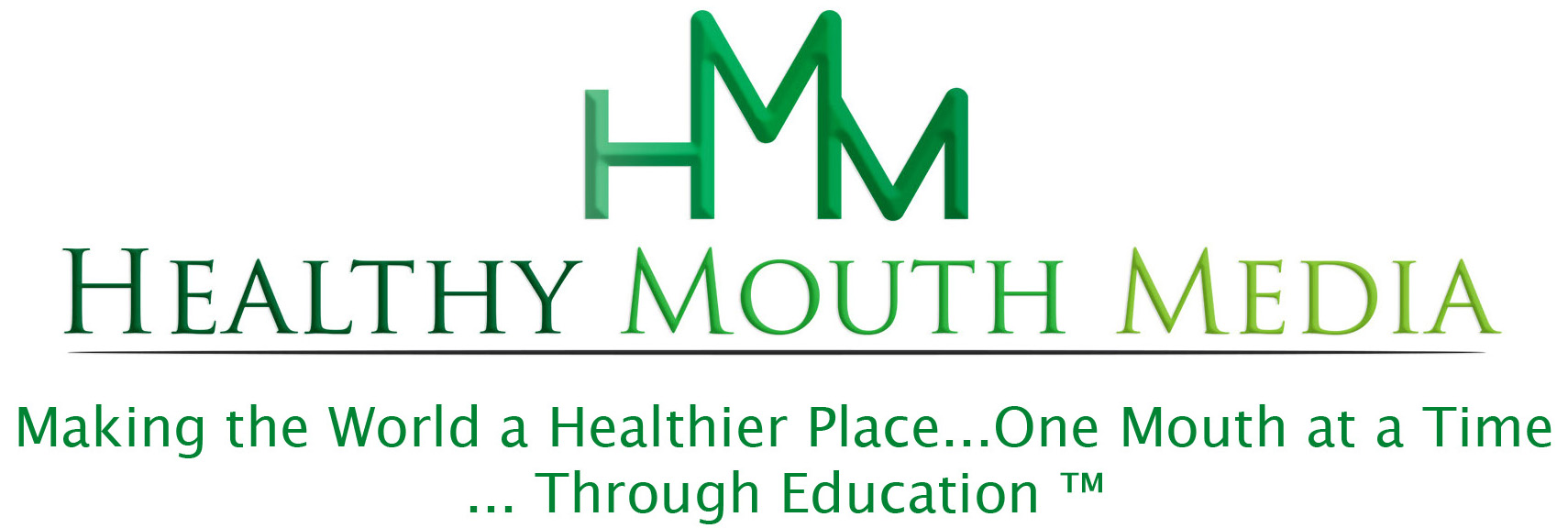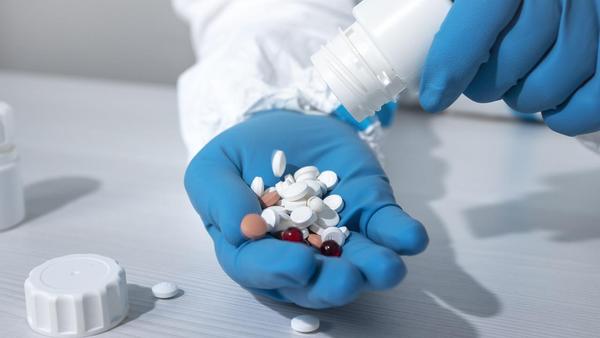Antibiotic Resistance
Antibiotic resistance and ‘superbugs’ are a global threat to public health. The over-prescribing and inappropriate use of antibiotics has accelerated the development of resistant strains.
Be sure to watch the 2-minute video from Harvard at the end of this post for a frightening demonstration on how quickly bacteria mutate to become resistant to even extremely high concentrations of antibiotics.
A 2019 report by the Centers for Disease Control and Prevention (CDC) stated that in the US over 2.8 million people become infected with antibiotic-resistant bacteria and about 35,000 of them die as a direct result. If you factor in the propensity for overgrowth of Clostridioides difficile (C. diff, a bacterial species that’s not typically antibiotic resistant but IS associated with antibiotic use) the resulting potentially deadly diarrhea raises the already-grim numbers to over 3 million infections and 48,700 deaths. [1]
A short history of antibiotics:
When antibiotics were first discovered, they were considered the most significant medical achievement of the 20th century. Prior to that, the simplest bacterial infections could cause death.
For many decades, antibiotics were prescribed widely and freely because there did not seem to be a downside except for their potential side effects. However, bacteria are living organisms – always adapting and evolving in order to survive. And they’re smart – the more frequently they’re exposed to antibiotics, the faster they can mutate, leading to antibiotic resistance (see the video at the end of this article to see just how fast).
Antibiotics are widely used in dentistry for treating dental caries (cavities) and periodontal disease as well as other dental-related issues. They are sometimes prescribed prophylactically (to prevent infection) for patients with certain heart conditions or prosthetic (artificial) joints to prevent infection.
In dentistry, there are no national guidelines in the US for treatment of specific dental infections
and there are few studies that evaluate the appropriateness and/or effectiveness of antibiotic prescribing in dentistry. The only guidelines published have been for antibiotic prophylaxis (preventative) for patients with such heart conditions and prosthetic joints. [2,3]
As of calendar year 2015, general and specialist dentists were responsible for issuing over 2.7 million antibiotic prescriptions. Although prescribing patterns varied by specialty, amoxicillin (a broad-spectrum antibiotic) was the most commonly prescribed antibiotic; clindamycin, a go-to antibiotic for acute dental infections, was also commonly prescribed. The most common duration was 7-20 days.
Antibiotics are among the most commonly prescribed medications in the world. In fact, in some countries they are available over-the-counter. According to the CDC, almost one third of antibiotic prescriptions in the United States are unnecessary. [4]
Infections can be caused by many things – viruses, bacteria or fungi.
Antibiotics are medications targeted against BACTERIA ONLY.
However, they may be prescribed (unnecessarily) for:
• Viral infections (i.e. the common cold, flu) on which they have no effect
• Bacterial infections that may have cleared on their own (such as food poisoning).
Also, patients often ask, “Then why do I feel better when I take antibiotics for the cold or flu?” There may be two reasons for this.
1. The infection itself was probably on its way out, so the improvement is coincidence.
2. Antibiotics exert an anti-inflammatory effect which may cause symptoms to improve, but they are not killing the viruses that are causing those symptoms to begin with.
What are some contributing factors to antibiotic resistance?
- In some cases, parents or siblings of sick patients may request antibiotics to ward off getting sick themselves, but there is no medical literature to support this.
- Often when doctors do not agree antibiotics are needed, they may prescribe them anyway to keep their patients happy.
- Furthermore, stronger antibiotics than are necessary may be prescribed for infections simply to guarantee that patients feel better immediately. For example, the first-line treatment for a bacterial sinus infection is penicillin (unless you have penicillin allergy).
- However, even in patients without penicillin allergy, prescriptions for stronger and more broad-spectrum antibiotics like levofloxacin and doxycycline – medications that are used to treat community-acquired pneumonia – may be routinely prescribed.
Don’t pressure your doctor for an antibiotic prescription.
If you can benefit from an antibiotic, your doctor will tell you. On the other hand, if your doctor thinks you have a viral infection like the flu – or COVID – and recommends an antibiotic anyway, you should ask WHY…and consider getting a second opinion.
Here are some additional factors that contribute to antibiotic resistance:
- Taking leftover antibiotics from previous prescriptions
- Taking someone else’s antibiotics.
- Not completing the full course of antibiotics because you feel better or symptoms have resolved.
Often, the signs and symptoms of a bacterial infection improve a few days after starting antibiotics, but even then bacteria may still be present.
If you stop taking the antibiotics too early, the remaining bacteria in your body may begin to multiply again, resulting in a more serious infection that would be more difficult to cure – requiring stronger drugs at higher cost.
How this problem got started…
When doctors first noticed that some infections were not responding to antibiotics, they prescribed stronger ones. Eventually, those stronger antibiotics also became less effective as those adaptive bacteria progressively transformed into SUPERBUGS.
It’s not just physicians…
It’s not just physicians prescribing antibiotics. You can also get them through mid-level providers, such as nurse practitioners and physician assistants, as well as from dentists. More providers mean more prescriptions, which results in more unnecessary prescriptions.
Why is controlling ‘SUPERBUGS’ so important?
When these antibiotic-resistant bacteria or “superbugs” enter the blood stream, they can overgrow rapidly and cause a condition called sepsis, which can lead to severe complications and death.
Sepsis is the body’s extreme response to an infection and is a life-threatening emergency. It happens when an infection you already have – most cases of sepsis are caused by bacteria – triggers a chain reaction through the body, leading to shock, tissue damage, organ failure and, left untreated, death.
In a typical year, at least 1.7 million adults in the US develop sepsis.
Nearly 270,000 die as a result of sepsis.
One in 3 patients who die in a hospital* had sepsis.
*Sepsis, or the infection causing sepsis, starts outside the hospital in nearly 87% of cases (i.e. community-acquired infections as opposed to hospital-acquired infections). [5]
Sepsis requires one or more antibiotics for treatment. The concern is that use of antibiotics when unnecessary will make them ineffective when needed for life-threatening conditions such as this.
As you might suspect, hospital-acquired (or nosocomial) bacterial infections are an even bigger problem, as hospitals already have greater concentrations of bacterial infections, and thus an even greater potential for the development of superbugs…and associated sepsis that’s even harder to treat.
The last time a new class of antibiotics was discovered and marketed was 2003 (daptomycin, the first cyclic lipopeptide antibiotic). [6]
We just aren’t finding any new antibiotics,
despite considerable research in this field.
There is real concern that we will soon have bacteria that will be impossible to treat.
By 2050 it is estimated that 10 million people could die each year from diseases that have become antibiotic resistant. [7]
What can we do?
Antibiotic resistance is EVERYONE’S PROBLEM. Health care professionals as well as patients can work together to control antibiotic resistance – as part of a broader process known as antibiotic stewardship.
- Washing your hands frequently can help prevent infections.
- If you’re prescribed antibiotics, take them only as directed and finish all that were prescribed.
- Do not take anyone else’s antibiotics (or other medications for that matter).
- Do not pressure your doctor to prescribe antibiotics if s/he deems it unnecessary.
Safe disposal
Dispose of antibiotics (and all prescription and OTC medications) safely. Check with your local pharmacy to see if they have a ‘take back’ program for unused medications.
For further information on disposal guidelines from the FDA, Click HERE.
Also, check with your local sheriff’s office or police to see if there is a collection site near you. These are set up for highly regulated controlled substances, but may also take other medications (click on Resource #8 below and scroll down to “Drop-off sites”). [8]
If none of these disposal routes is readily accessible:
- Do NOT flush medications down the toilet! They will contaminate lakes, rivers and the water supply which can hurt fish, wildlife – and people.
Wastewater treatment plants are not designed to remove all the chemicals contained in medications.
2. Keep contents in original bottle and cover the patient’s name with permanent marker.
3. Make the contents unusable by pouring a small amount of vinegar over pills or capsules to at least partially dissolve them.
4. For liquid medications, add salt, flour or powdered spice to liquids.
5. Tape lid shut and place inside a non-transparent container and place in trash. Alternatively, wrap in duct tape and place in trash.
Antibiotics are essential drugs
and it is crucial that we use them appropriately.
Just in case you are not convinced, check out this terrifying video illustrating the evolution of bacterial antibiotic resistance from Harvard Medical School:
Resources
[1] https://www.cdc.gov/drugresistance/pdf/threats-report/2019-ar-threats-report-508.pdf
[2] https://www.heart.org/en/health-topics/infective-endocarditis
[3] https://www.ada.org/resources/research/science-and-research-institute/oral-health-topics/antibiotic-prophylaxis
[4] https://pubmed.ncbi.nlm.nih.gov/27139059/
[5] https://www.cdc.gov/sepsis/what-is-sepsis.html
[6] https://www.accessdata.fda.gov/drugsatfda_docs/nda/2003/21572_Cubicin.cfm#:~:text=Approval%20Date%3A%209%2F12%2F2003
[7] Our-antibiotics-are-becoming-useless
[8] https://www.pca.state.mn.us/featured/dont-flush-medicines-down-drain

